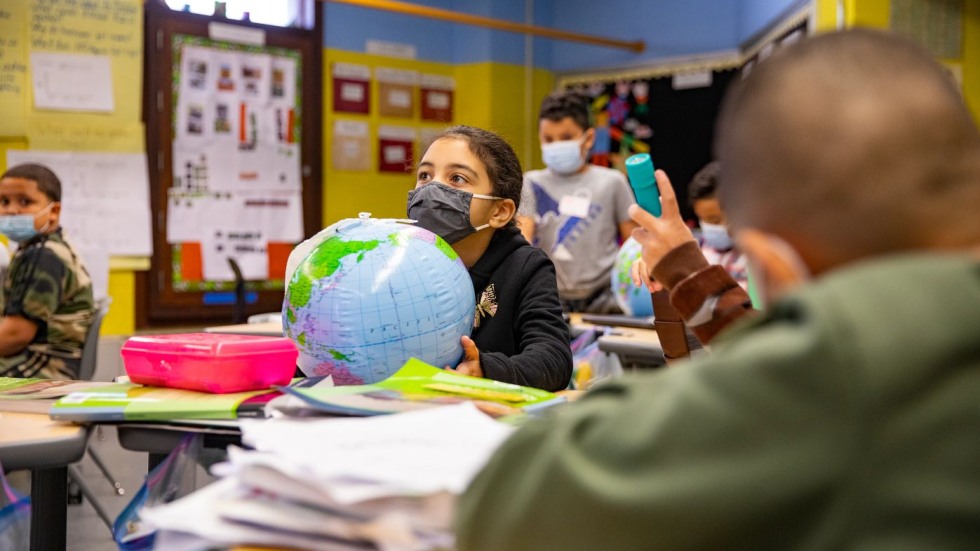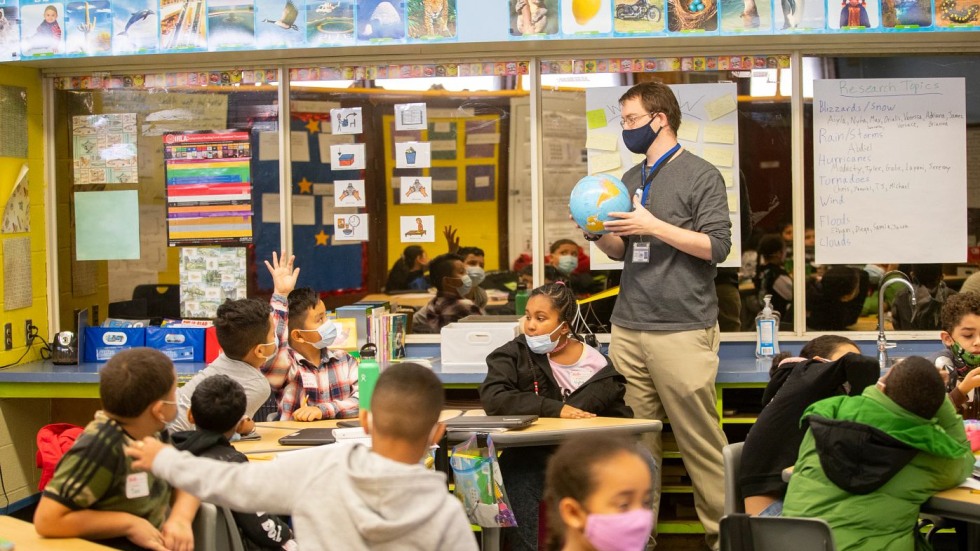PROVIDENCE, R.I. [Brown University] — Earlier this fall, two third-grade classes at Pleasant View Elementary School in Providence took up an important challenge.
Six animals living at a local zoo were about to be returned to the wild, and it was up to the students to figure out where each animal should go. Over the course of the fall, they’d have to figure out where on Earth to find appropriate climate and weather conditions for each critter. Along the way — and with the help of Earth science students from Brown University — the grade-schoolers discovered some of the drivers of Earth’s climate system and learned a bit about how scientists go about answering critical questions.
The challenge was part of DEEPS STEP — the Department of Earth, Environmental and Planetary Sciences’ Science-Teaching Education Program — at Brown. As part of the program, Brown students and postdocs develop lesson plans that are in line with Next Generation Science Standards. Then they head out to classrooms in the Providence Public School District, providing materials and co-teaching hourlong lessons once a week alongside elementary school teachers.
The animals the students helped to relocate are hypothetical, of course. But the learning outcomes are not.
“The DEEPS team has put a lot of hard work into the curriculum, and it really is something special,” said Seth Bower, a third-grade teacher at Pleasant View. “The focus has been to allow students to engage in the process of science — that is to ‘do’ science rather than to learn a set of facts about a scientific topic. This approach really is what science instruction ought to be if we want to foster the next generation of scientists and engineers.”







